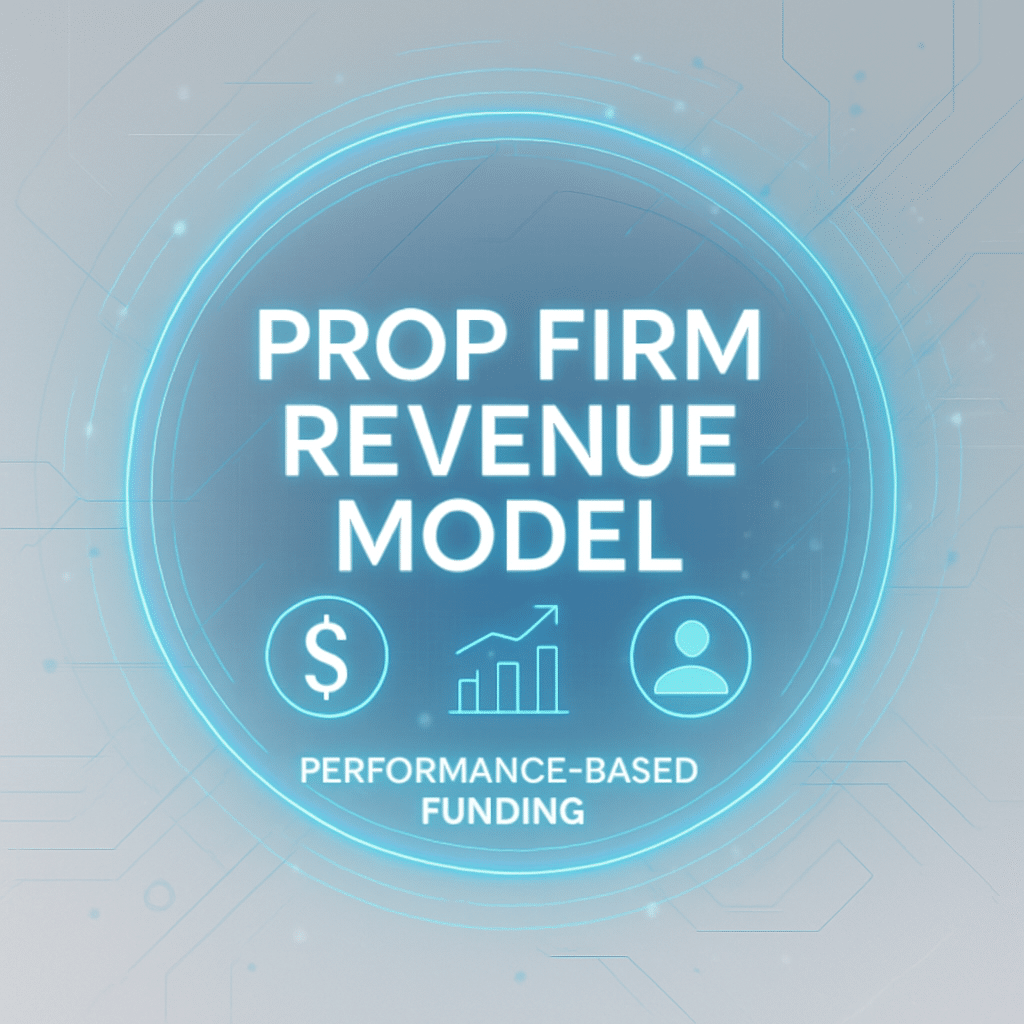How Prop Firms Make Money from Traders
Understanding the Prop Firm Revenue Model
Funded trading offers traders access to significant capital without risking their own funds. However, it’s essential to understand the prop firm revenue model to evaluate the relationship between traders and the firm transparently and realistically.
✅ 1. Evaluation Fees – The First Income Stream
The initial phase begins with the evaluation process.
Traders pay a one-time fee to participate in a challenge designed to assess their trading discipline, risk management, and profitability.
-
The firm doesn’t profit from traders’ failures.
-
It filters for skilled and consistent performers.
This approach is fair and strategic—it’s an investment in identifying capable traders to fund.
✅ 2. Profit Sharing – A Win-Win Structure
Once a trader passes the evaluation, they are granted access to a funded account.
At this stage, the core of the prop firm revenue model is activated: profit sharing.
-
The trader receives the majority of the profits.
-
The firm retains a small portion in return for capital, infrastructure, and support.
At Larsa Capital, this model is built on mutual success: the more the trader earns, the more the firm gains as well.
✅ 3. Trading Commissions – Covering Operational Costs
Some firms charge a small commission per lot traded. However, the goal isn’t direct profit but rather:
-
Covering liquidity provider costs.
-
Maintaining execution infrastructure.
-
Supporting technology and platform operations.
At Larsa Capital, commissions are fixed and transparent, ensuring no conflict of interest or hidden fees.
❗ 4. Do Firms Profit When Traders Fail?
There’s a misconception that prop firms benefit from traders’ failures. But serious firms don’t operate this way.
-
Failed challenges don’t create long-term value.
-
High failure rates harm the firm’s reputation.
Firms like Larsa Capital invest in trader success by offering fair rules, educational resources, and supportive evaluation systems.
🔸 Why the Prop Firm Revenue Model Based on Shared Success Is Best
A transparent prop firm revenue model that rewards performance builds trust.
It encourages:
-
Long-term trader development.
-
Genuine firm-trader collaboration.
-
Sustainable profitability on both sides.
The firm wins when the trader wins—this alignment creates a healthier trading environment for everyone.
✅ Evolving Models and Trader Incentives
Modern prop firms are continuously innovating by offering:
-
Seasonal discounts on evaluation fees.
-
Automatic account scaling based on performance.
-
Rewards for consistent and disciplined trading.
These enhancements aim to reduce entry barriers and foster sustained trader engagement.
✅ The Importance of Sustainable Trader Relationships
For a prop firm to thrive long-term, it’s not enough to rely on one-time fees or sporadic trader success. Sustainable growth comes from building long-term relationships with traders who:
-
Trade consistently and responsibly.
-
Understand and respect risk management.
-
Aim for steady returns rather than short-term wins.
At Larsa Capital, the focus isn’t just on funding trades—it’s on supporting careers. By nurturing trader potential through education, feedback, and transparency, the firm ensures that both sides grow together. A healthy prop firm revenue model depends on cultivating a stable base of skilled traders, not just frequent evaluations.
📌 Final Thoughts
Understanding how a firm earns money is key to choosing the right prop trading partner.
At Larsa Capital, the prop firm revenue model is based on:
-
One-time, transparent evaluation fees.
-
Profit sharing built on trader success.
-
Fair commission structures for cost recovery only.
-
Zero reliance on trader losses for revenue.
This model prioritizes longevity, partnership, and professional growth.

